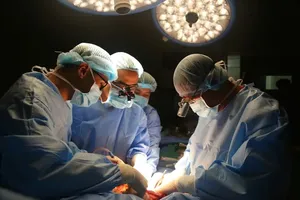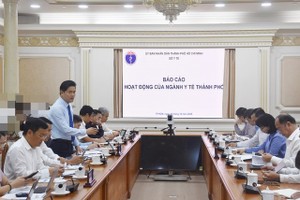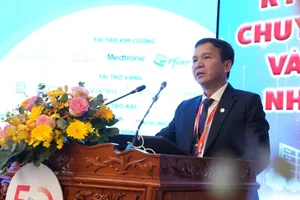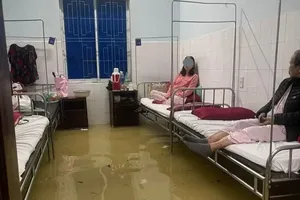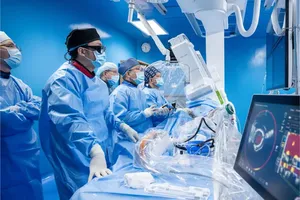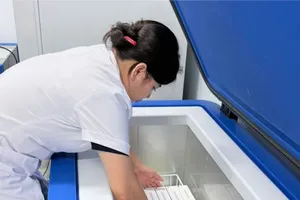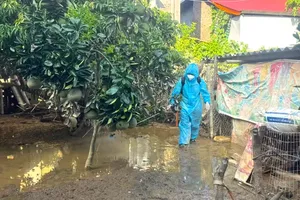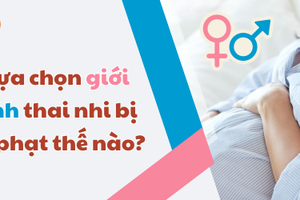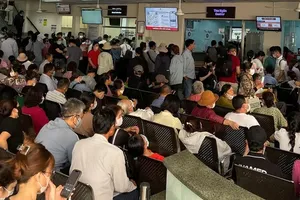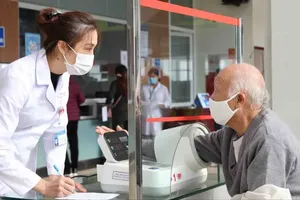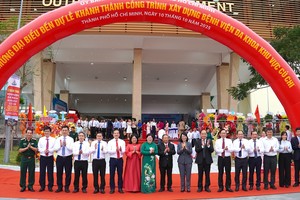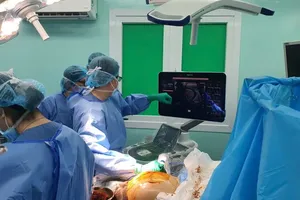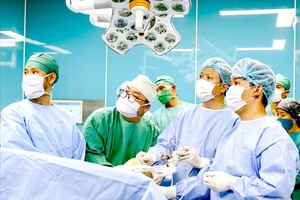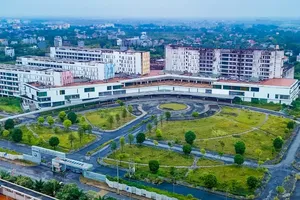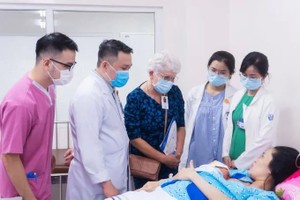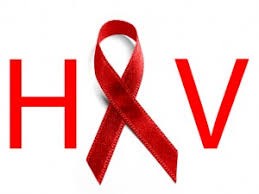
The information was released at a meeting to implement treatment guideline for HIV people through insurance company organized by the municipal Department of Health yesterday.
When foreign organizations slashed their aid for HIV control, people living with HIV are struggling to afford life-saving antiretroviral (ARV) drugs through health insurance as a result of dwindling foreign aid.
Consequently, medical clinics are busy with finding out new model of HIV treatment.
Many clinics have introduced different models to ensure HIV treatment mission such as setting up medical clinics which contracted with the insurance company to provide treatment to HIV infected people as their first choice, or setting up HIV department in medical centers.
In addition, patients living with HIV have various choices such as they can transfer to other medical infirmaries. Deputy head of the social insurance company Luu Thi Thanh Huyen said that small clinics should establish HIV department as medical centers because not all HIV infected people are city locals.
At present, medical insurance regulation allows these special patients to be able to receive treatment at any centers of their choice because insurance company will cover all treatment fee.
Deputy director of the Department of Health Nguyen Huu Hung said ARV drugs from foreign aid will be used until the end of 2018. Health insurance company will pay from January 1, 2019.
Accordingly, medical centers have to complete new model of treatment before July 31, 2018 to have code of health insurance and centers can distribute ARV drug in November, 2018.
Localities must choose a model of treatment for these patients depending on the real condition of each with the aim to help HIV infected people to receive drug without hiatus.
HIV treatment interruptions are still considered to be potentially dangerous because it leads to drug- resistance and transmission in the community, said Nguyen Huu Hung.
